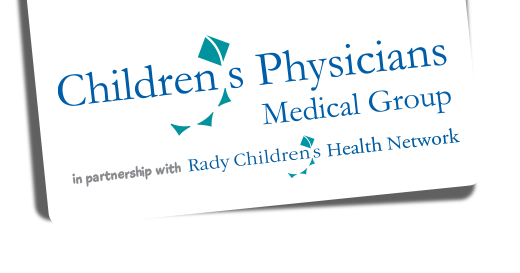Anna Mendenhall, MD, FAAP
Keep your family safe this summer by following these tips from the American Academy of Pediatrics (AAP). These tips all sound like common sense but I can tell you from my practice that I have seen severe or death related injuries to each one of these topics which could’ve been completely prevented had people followed these safety guidelines. I urge you to be safe for your children’s sake.
Bicycle Safety: Do not push your child to ride a 2-wheeled bike until he or she is ready (about age 5 or 6)!
- Consider the child’s coordination and desire to learn to ride. Stick with coaster (foot) brakes until your child is older and more experienced for hand brakes.
- Buy a bike that is the right size, not one your child has to “grow into.” Oversized bikes are especially dangerous.
- Your child needs to wear a helmet on every bike ride, no matter how short or how close to home. Many accidents happen in driveways, on sidewalks and on bike paths, not just on streets. Children learn best by observing you. Whenever you ride, put on your helmet.
- When purchasing a helmet, look for a label or sticker that says the helmet meets the CPSC safety standard.
- A helmet protects your child from serious injury and should always be worn. Remember, wearing a helmet at all times helps children develop the helmet habit.
- A helmet should be worn so that it is level on the head, not tipped forwards or backwards. The strap should be securely fastened and you should not be able to move the helmet in any direction. If needed, the helmet’s sizing pads can help improve the fit.
Skateboard, Scooter, In-Line Skating and Heelys Safety: Children should never ride skateboards or scooters in or near traffic!
- All skateboarders and scooter-riders should wear a helmet and other protective gear; wrist guards are particularly important.
- Communities should continue to develop skateboard parks, which are more likely to be monitored for safety than ramps and jumps constructed by children at home.
- While in-line skating or wearing Heelys, be sure to wear appropriate protective equipment (especially helmets) and only skate on designated paths or rinks, not on the street.
Fireworks Safety: Firework injuries can result in severe burns, scars and disfigurement that can last a lifetime!
Fireworks that are often thought to be safe, such as sparklers, can reach temperatures above 1000 degrees Fahrenheit and can burn users and bystanders.
- Never place fireworks or poppers in your pocket.
- Families should attend community fireworks displays run by professionals rather than using fireworks at home.
Boating Safety: Children should wear life jackets at all times when on boats or near bodies of water!
- Make sure the life jacket is the right size for your child. The jacket should not be loose and should always be worn as instructed with all straps belted.
- Blow-up water wings, toys, rafts and air mattresses should not be used as life jackets or life preservers.
- Adults should wear life jackets for their own protection and to set a good example.
- Adolescents and adults should be warned of the dangers of boating when under the influence of alcohol, drugs and even some medications (especially anti-histamines such as Benadryl, etc.).
Lawn Mower Safety: Do not allow children to play in the yard while you are mowing!
- Try to use a mower with a control that stops the mower from moving forward if the handle is let go.
- Children younger than 16 years should not be allowed to use ride-on mowers. Children younger than 12 years should not use walk-behind mowers.
- Make sure that sturdy shoes (not sandals or sneakers) are worn while mowing.
- Prevent injuries from flying objects, such as stones or toys, by picking up objects from the lawn before mowing begins. Have anyone who uses a mower wear hearing and eye protection.
- Do not pull the mower backward or mow in reverse unless absolutely necessary, and carefully look for children behind you when you mow in reverse.
- Always turn off the mower and wait for the blades to stop completely before removing the grass catcher, unclogging the discharge chute, crossing gravel paths, roads or other areas.
- Do not allow children to ride as passengers on ride-on mowers.
Gun Safety: Over the summer, many children will play at friends’ homes and may be at risk for injury with an unlocked gun!
ASK Campaign: Asking Saves Kids, did you know that 40% of homes with children have a gun? Many of which are left unlocked or loaded.
- Ask parents if there is a gun in the home to be sure your child won’t be in danger. To make asking easier include the question along with other things you might normally discuss before sending your child to play at a friend’s home, such as allergies, animals, seatbelts or diet restrictions. Present your concerns in a respectful manner as you are simply trying to make sure your child is playing in a safe environment. If you have any doubts about the safety of someone’s home, invite the children to your home instead.
- EVERY YEAR THOUSANDS of children are killed or seriously injured with these guns. Talking with your child is not enough, children are naturally curious, if a gun is accessible in a home there is a good chance a child will find it and play with it.
- Hiding guns is not enough, guns need to be locked and stored separately from the ammunition.
- Never clean a loaded gun.
